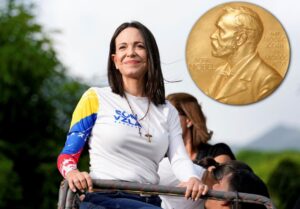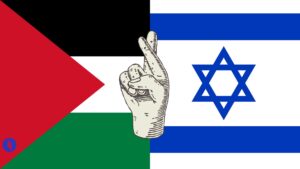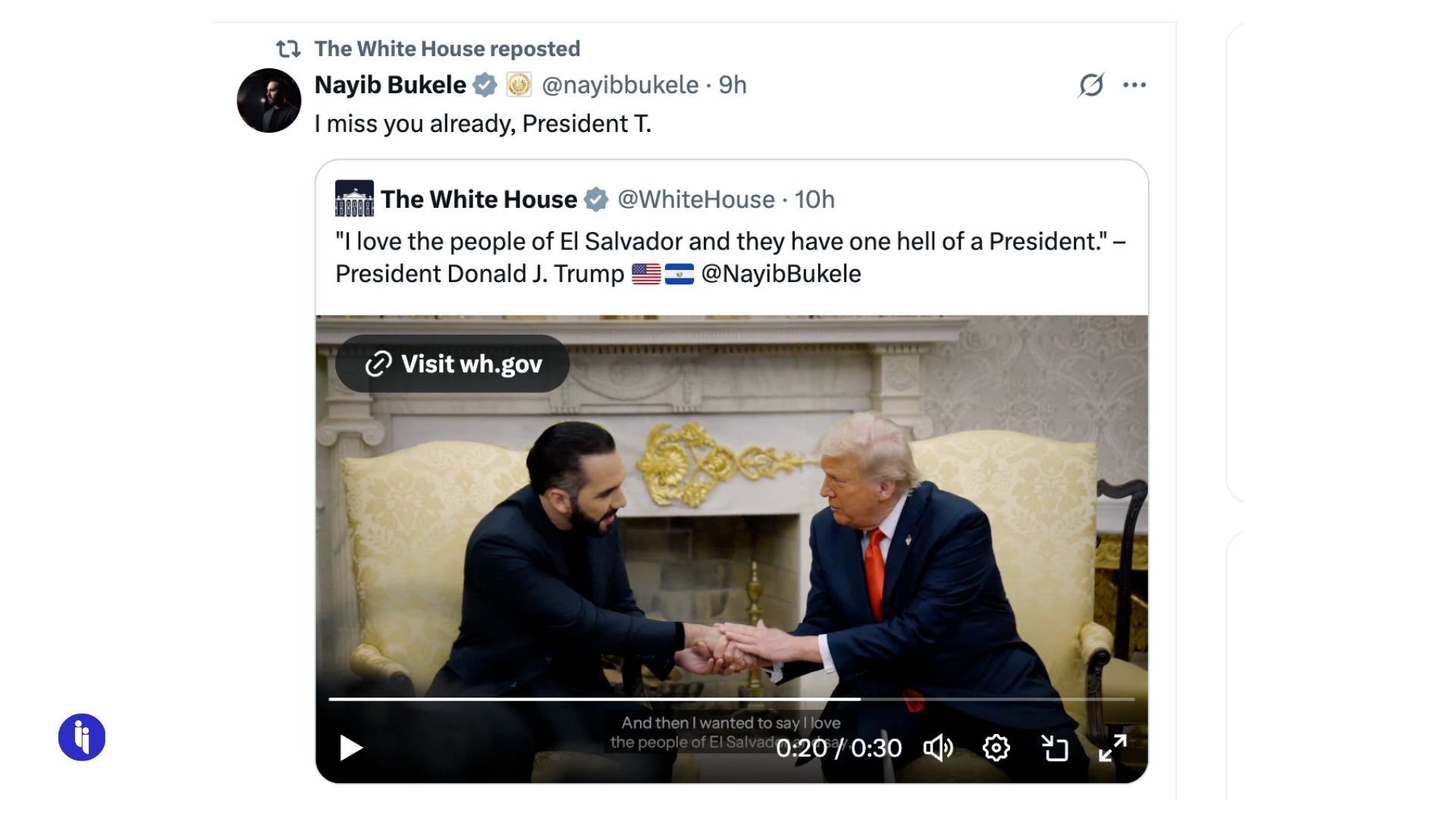Love him or not, there’s been no recent US president like Donald Trump.
And that puts world leaders in a bind — how do you respond?
So let’s take a quick regional tour across Latin America:
Stay on top of your world from inside your inbox.
Subscribe for free today and receive way much more insights.
Trusted by 148,000+ subscribers
No spam. No noise. Unsubscribe any time.
- 🇸🇻 Nayib Bukele — the helper
El Salvador’s president read the room — he saw the returning US president was both a) more transactional, and b) more focused on unlawful migration and gangs. And nowhere has seen a more spectacular (if scrutinised) success against gangs than El Salvador.
So Bukele has played his one card, offering to host US deportees, and even declining to return a wrongful deportee at the centre of a unanimous US Supreme Court decision. As for what he gets in return? While he’s now the region’s first to score Trump’s Oval Office invite, he still copped Trump’s same 10% baseline tariffs despite their free trade deal.
Anyway, while Trump hosted Bukele, Trump’s treasury secretary (Bessent) was visiting…
- 🇦🇷 Javier Milei — the bromance
What Bukele has done with El Salvador’s security, Milei is trying to do with Argentina’s economy: achieve the impossible. And 16 months into his term, Milei’s cuts have indeed helped stabilise things, earning Bessent’s praise plus a $20B extension deal from the IMF.
But interestingly, the very same day Trump’s historic liberation day tariffs rocked markets, Milei was actually in Mar-a-Lago, reiterating his support for the US president despite copping the same 10% baseline tariff. Like Bukele above, his response was a mixture of:
- a) hope that his close Trump ties will bear fruit in ongoing negotiations, plus
- b) relief that the 10% slap could’ve been worse.
But while Bukele and Milei have emphasised their Trump alignment, there’s…
- 🇲🇽 Claudia Sheinbaum — tough
‘Tough’ is Trump’s word for Mexico’s Sheinbaum, not ours. And it’s been interesting to watch that quiet regard emerge, despite Trump’s fiery rhetoric on Mexico plus the fact they come from opposite ends of the political spectrum.
Like her populist predecessor (‘AMLO’), she’s avoided public spats where possible, instead emphasising her willingness to talk and address Trump’s border and trade concerns.
The result is she’s avoided the 10% baseline tariffs altogether without Milei’s chainsaw or Bukele’s prison, though she’s still grappling with Trump’s higher fentanyl-linked tariffs.
- 🇧🇷 Luiz Inácio Lula da Silva — under the radar
Lula isn’t known for avoiding the limelight, but he’s not been in a rush to engage Trump either — they’ve seemingly never even met. So why would Lula avoid Trump?
- Because Lula can: One of Trump’s few major trade surpluses is with Brazil, and
- Because Lula must: His predecessor (Bolsonaro) is close to Trump, still enjoys some popular support, and now faces charges for his role in Brazil’s own version of January 6th. So it’s hard to see a Trump-Lula meeting running smoothly.
Anyway, Lula’s low-key approach seems to be working — while Trump’s global steel and aluminium tariffs will hurt, Lula otherwise got the same 10% baseline as the more Trump-aligned Bukele and Milei above.
INTRIGUE’S TAKE
So what to make of all this?
Maybe it doesn’t matter whether you play friend, cheerleader, tough gal, or low key — the results all look pretty similar. Even Colombia, whose leftist leader (Petro) got in an early repatriation spat with Trump, has still walked away with the same 10% tariffs. Panama’s Trump-friendly Mulino? 10% Ecuador’s Trump-friendly Noboa? Also 10%.
So what’s Trump’s play here?
While in Buenos Aires, Bessent argued that Trump 2.0 wants to bring the region “away from what has happened on the African continent”, where China has signed what he dubbed “rapacious deals.”
And that jives with another theory doing the rounds, which is that Trump 2.0 is seemingly reviving the Monroe Doctrine — it’s the principle articulated in James Monroe’s 1823 State of the Union address, declaring the Western Hemisphere off-limits to foreign powers. Not only do Trump’s moves on Panama fit that model, but even his moves on Greenland (geographically part of the Americas).
But you can bet US allies beyond the Americas will be wondering where this leaves them.





